Homeopathic Repertory Books
The Homeopathic Repertory is a book listing all of the symptoms for the homeopathic single remedies and is like an index for the Materia Medica. Each remedy has a set of symptoms associated with it and the Repertory assists in associating these two elements.
-
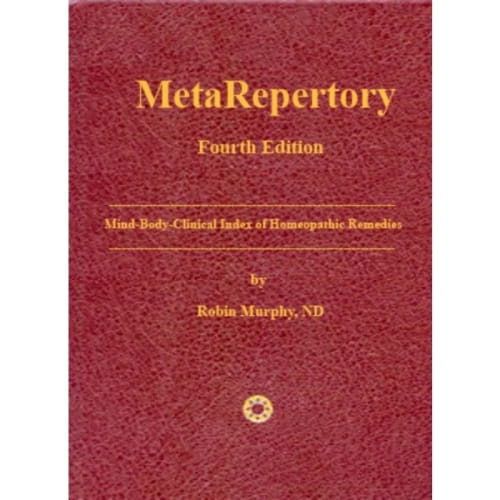 Arriving Soon - Available to Order
MetaRepertory
Arriving Soon - Available to Order
MetaRepertory
-
-by-Frederick-Schroyens(1).jpg) In Stock
Synthesis Repertory (Edition 9.1)
In Stock
Synthesis Repertory (Edition 9.1)
-
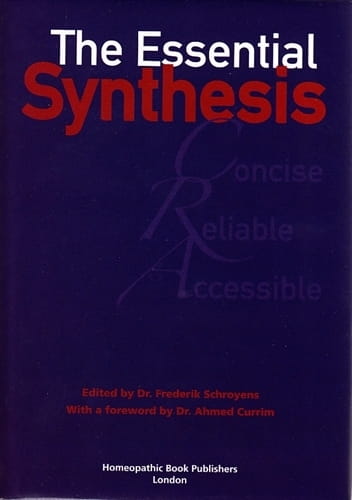 In Stock
The Essential Synthesis
In Stock
The Essential Synthesis
-
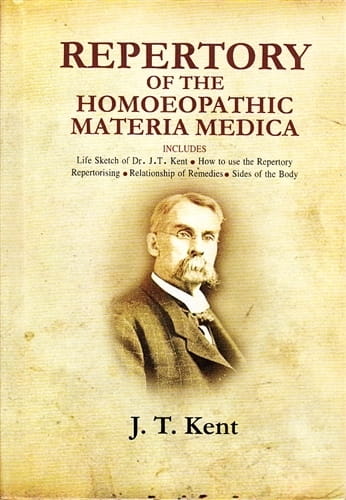 In Stock
Repertory of the Homoeopathic Materia Medica (Medium Size)
In Stock
Repertory of the Homoeopathic Materia Medica (Medium Size)
-
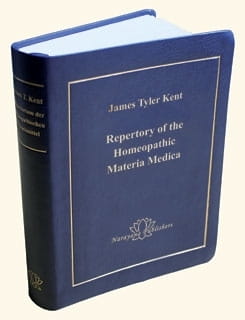 In Stock
Repertory of the Homeopathic Materia Medica
In Stock
Repertory of the Homeopathic Materia Medica
-
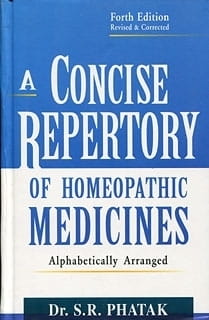 In Stock
A Concise Repertory of Homeopathic Medicines (4th edition)
In Stock
A Concise Repertory of Homeopathic Medicines (4th edition)
-
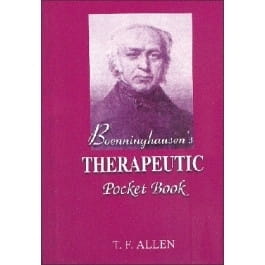 In Stock
Boenninghausen's Therapeutic Pocket Book
In Stock
Boenninghausen's Therapeutic Pocket Book
-
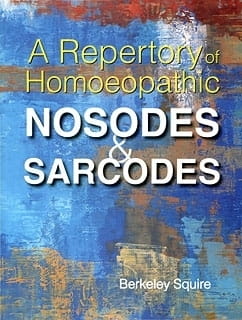 In Stock
A Repertory of Homoeopathic Nosodes and Sarcodes
In Stock
A Repertory of Homoeopathic Nosodes and Sarcodes
-
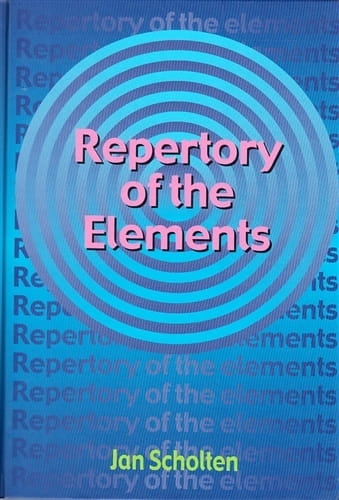 In Stock
Repertory of the Elements
In Stock
Repertory of the Elements
-
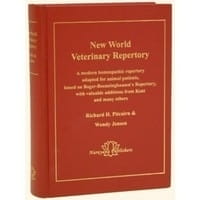 In Stock
New World Veterinary Repertory
In Stock
New World Veterinary Repertory
-
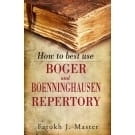 In Stock
How to Best Use Boger and Boenninghausen Repertory
In Stock
How to Best Use Boger and Boenninghausen Repertory
-
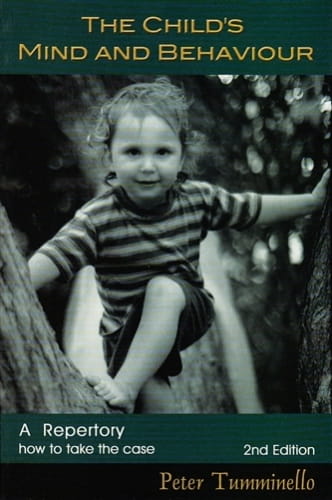 In Stock
The Child's Mind and Behaviour (A Repertory)
In Stock
The Child's Mind and Behaviour (A Repertory)
What is Homoeopathic Repertory?
A homoeopathic repertory is a reference book or digital tool used by homoeopaths to find remedies that match a patient’s symptoms. It contains an organised list of symptoms along with the remedies known to produce or relieve those symptoms.
The repertory helps the practitioner to narrow down the choice of medicines before confirming the final prescription through a materia medica.
Each repertory is arranged in sections such as mind, head, stomach, respiratory system and skin. Within each section, symptoms are described in detail and linked to remedies that have shown effectiveness in treating them.
This method allows a homoeopath to compare several possible medicines and select the one most suited to the patient’s complete symptom picture.
The repertory serves as a bridge between the patient’s symptoms and the homoeopathic remedies. It saves time, supports logical thinking and ensures that the selection is based on evidence gathered from past clinical experience.
Why is Repertory Important?
The homoeopathic repertory plays an essential role in daily practice. Without it, finding the right remedy would rely entirely on memory, which is impractical given the thousands of symptoms and hundreds of remedies available.
A repertory provides structure and reliability, guiding the practitioner towards an accurate prescription.
It also promotes consistency. When two homoeopaths use the same repertory correctly, they can often reach the same conclusion based on the same symptoms. This supports the scientific and reproducible side of homoeopathy, ensuring that decisions are based on recorded evidence rather than personal opinion.
Another reason the repertory is so valuable is that it helps practitioners handle complex cases. When a patient presents with many symptoms spread across different body systems, the repertory allows the homoeopath to cross-reference and identify remedies that cover the totality of those symptoms.
This systematic approach improves the chance of successful treatment and strengthens confidence in the practice.
What is the Process of Repertorization?
Repertorization is the step-by-step process of using a homoeopathic repertory to choose the most appropriate remedy.
It involves analysing the patient’s symptoms, grading their importance and matching them with rubrics (the symptom entries) in the repertory.
The process usually follows these stages:
1. Case taking: The practitioner collects detailed information about the patient’s physical, emotional and mental symptoms.
2. Analysis: The most characteristic symptoms are selected. These are the ones that make the case unique or unusual.
3. Repertorization: The selected symptoms are looked up in the repertory. Remedies common to several rubrics are identified.
4. Evaluation: Remedies are ranked according to the number and importance of matching symptoms.
Reference to materia medica: The top remedies are studied in depth to confirm which one best fits the patient as a whole.
Repertorization can be done manually using printed repertories or with the help of computer software. Modern tools make the process faster, but the principles remain the same: accurate observation, logical analysis and comparison of remedies.
Types of Homoeopathic Repertories
Homoeopathic repertories have evolved over time. Early repertories were small and focused on specific areas of the body or types of disease.
Modern repertories are far more detailed and cover the full range of human experience. The main types include:
General repertories: These cover all body systems and mental symptoms. Examples include Kent’s Repertory and Synthesis Repertory.
Regional repertories: These focus on one area, such as the eyes, skin or respiratory system.
Clinical repertories: These list diseases or diagnostic terms rather than symptoms, useful for quick reference.
Special repertories: These are designed for particular fields like paediatrics, gynaecology or psychiatry.
Each repertory has its own structure and grading system, so learning how to use them correctly is a vital skill for every homoeopath.
How to Study and Use a Homoeopathic Repertory Effectively
To use a homoeopathic repertory effectively, a practitioner must first understand its layout and terminology. Regular practice improves speed and accuracy. Students of homoeopathy are encouraged to start with simpler repertories and gradually move to more comprehensive ones.
Developing the habit of verifying repertory results with materia medica study is also important. This ensures that the final remedy choice matches not just the physical symptoms but also the patient’s emotional and mental state.
Keeping notes of past cases and outcomes helps build personal experience. Over time, a homoeopath becomes more skilled at identifying key symptoms and selecting rubrics that truly represent the case. This thoughtful and systematic approach leads to better treatment results.
Benefits of Using a Homoeopathic Repertory in Modern Practice
In modern practice, a homoeopathic repertory remains an essential tool. Digital repertories and software have made the process quicker and more precise, but the underlying value is unchanged. Some of the main benefits include:
Accuracy: Helps ensure remedies are chosen based on the totality of symptoms.
Efficiency: Saves time compared with searching through materia medica alone.
Consistency: Supports clear reasoning and repeatable results.
Education: Aids students and practitioners in learning the scope of each remedy.
Confidence: Reinforces decision-making with structured evidence.
Whether used in a traditional or digital form, the repertory supports professional standards and improves patient outcomes.
